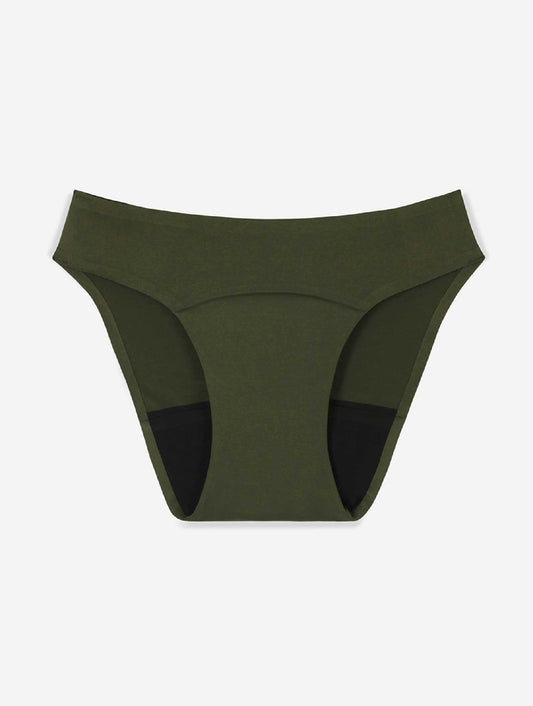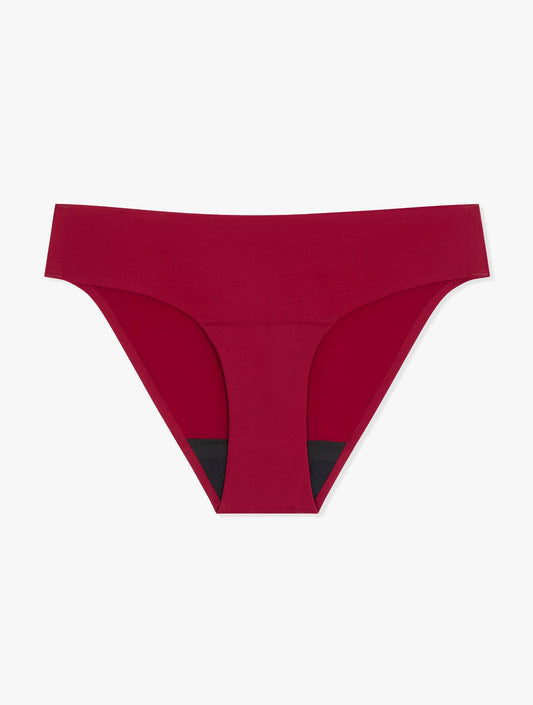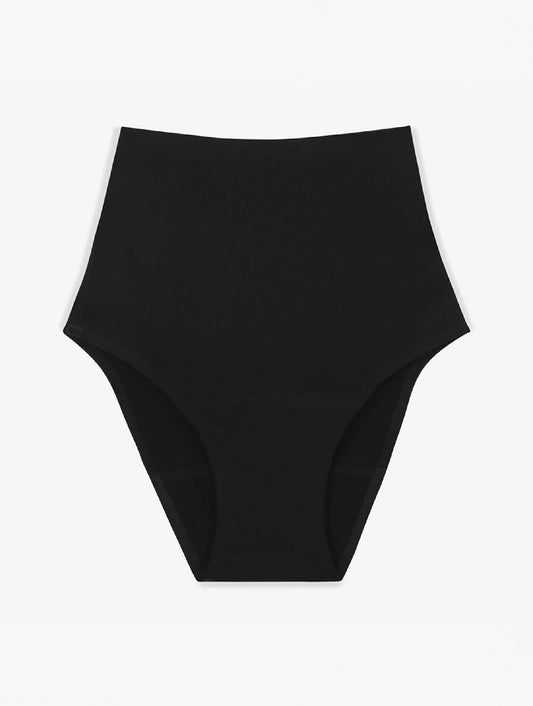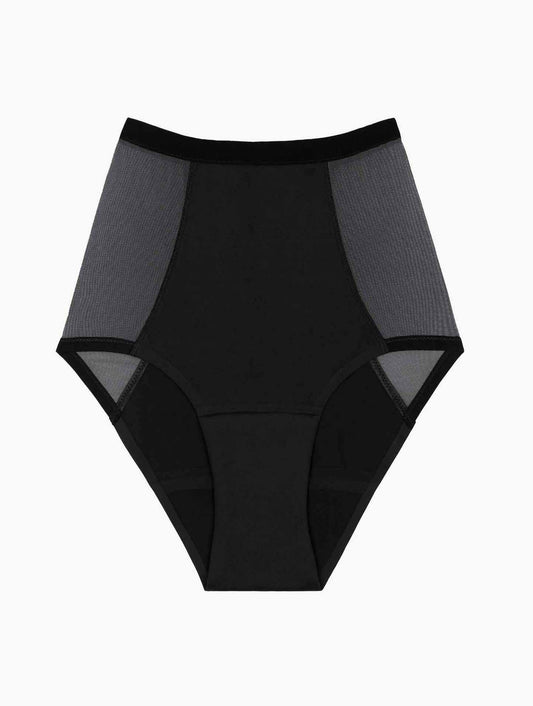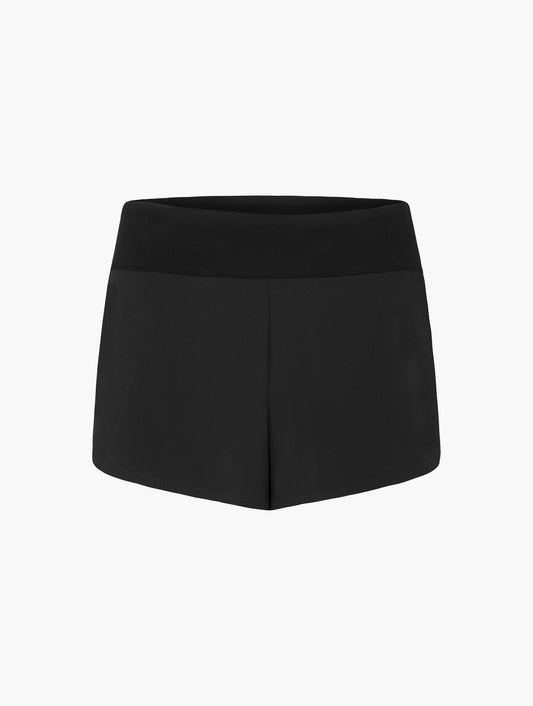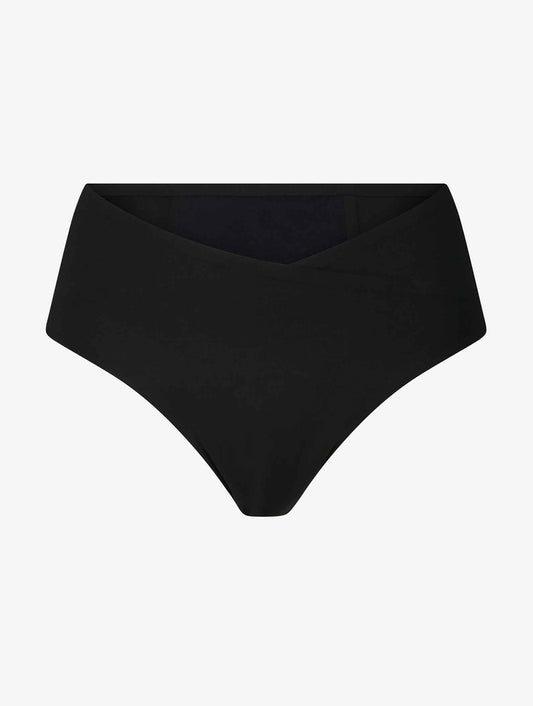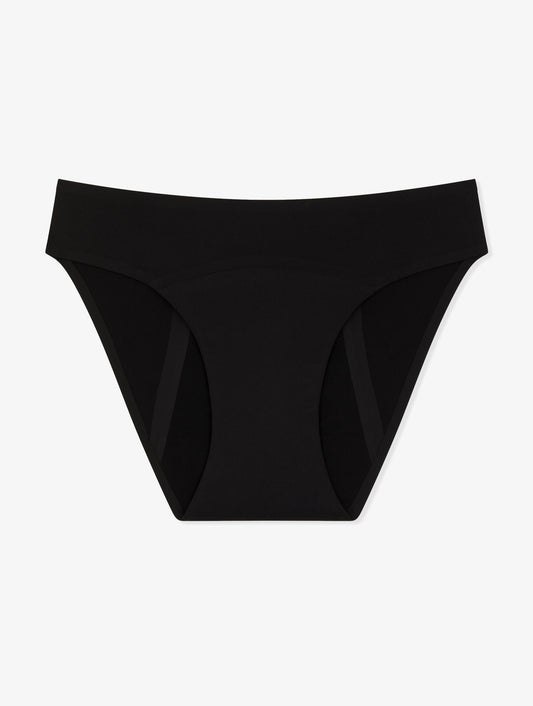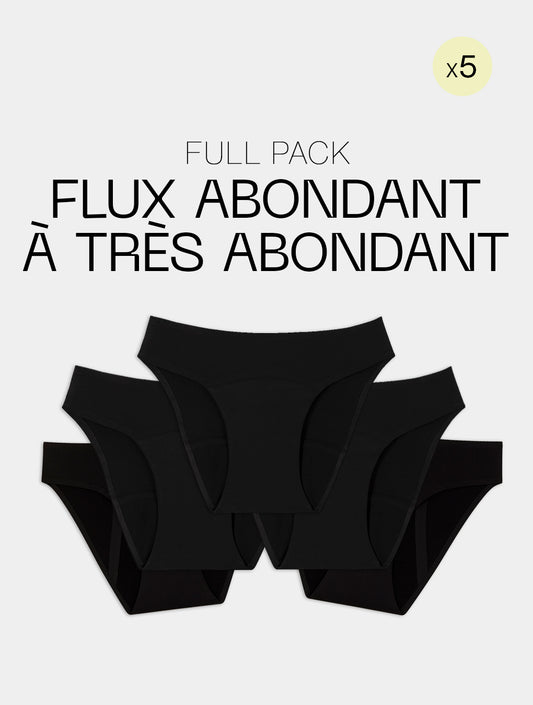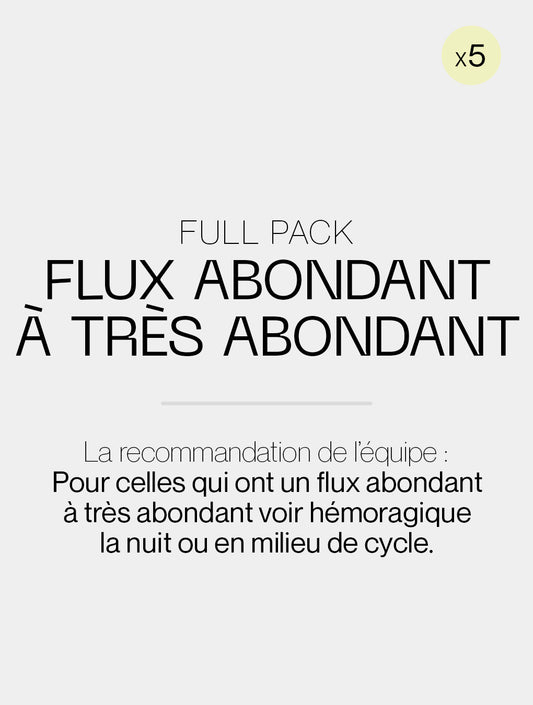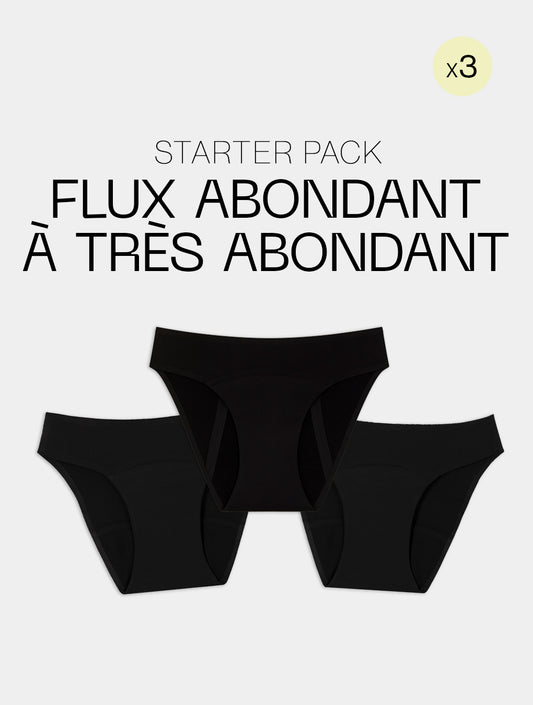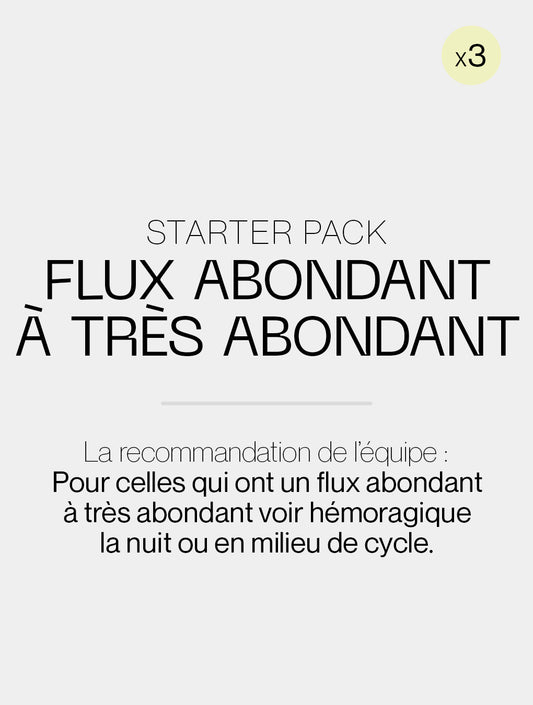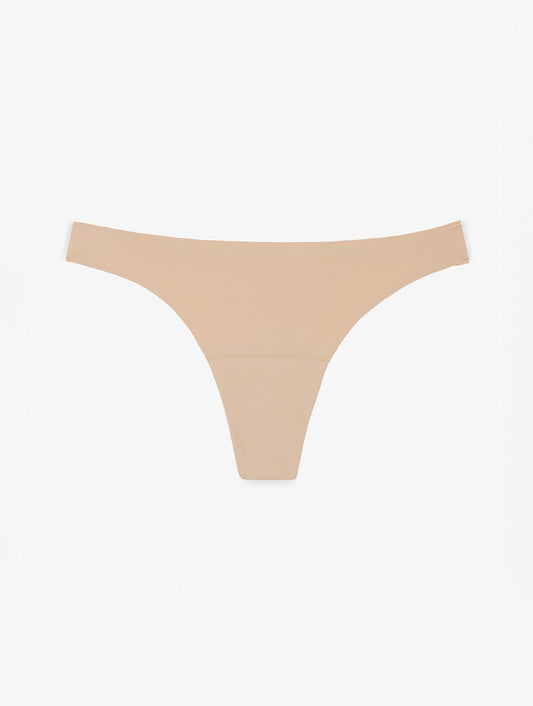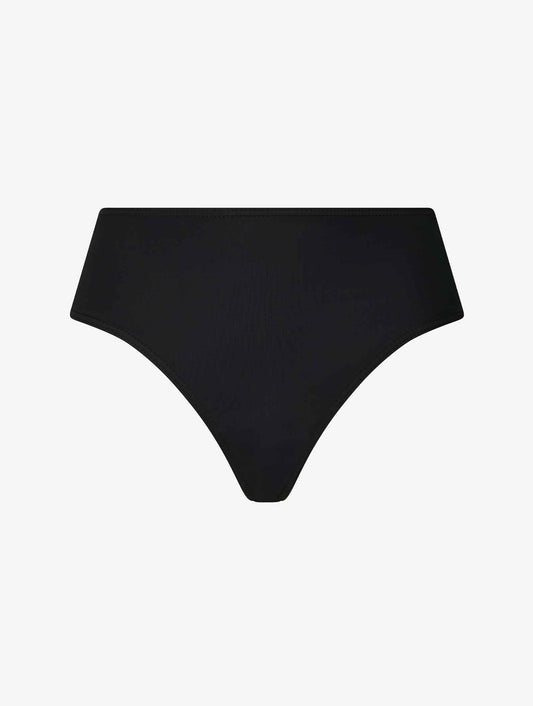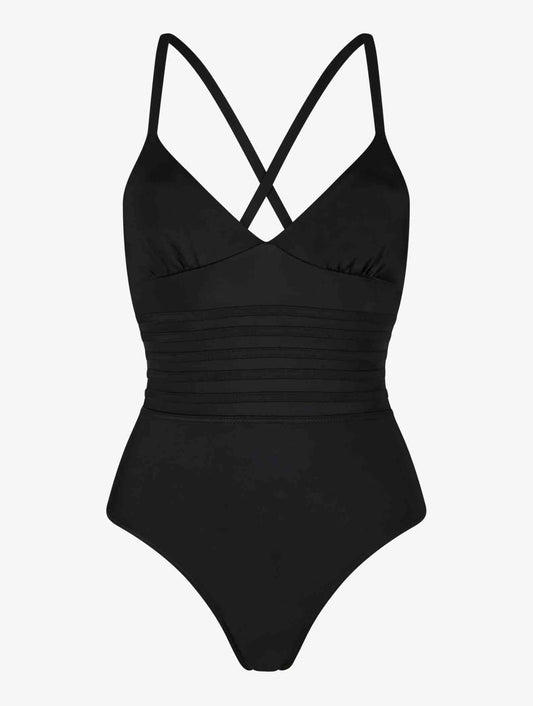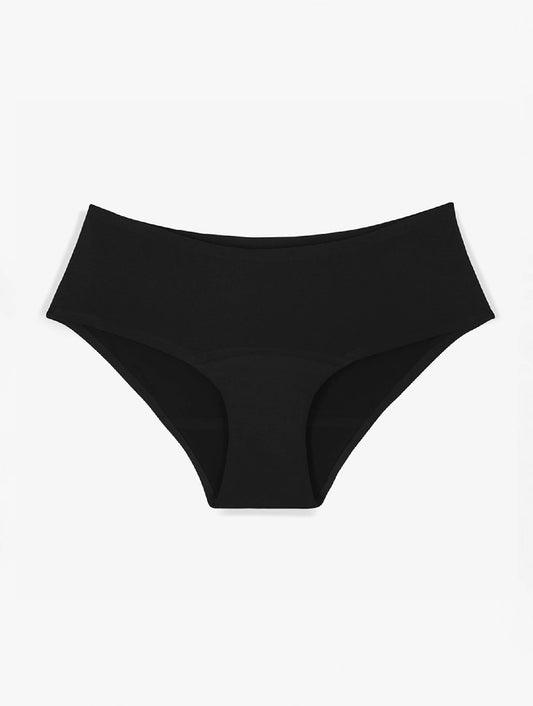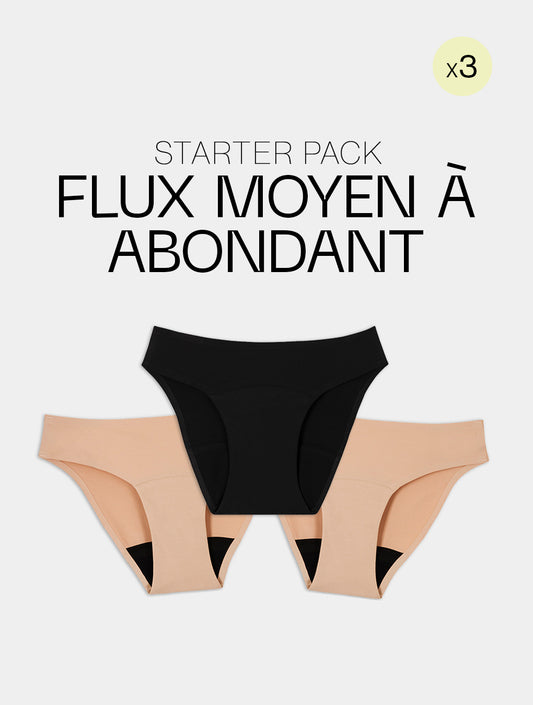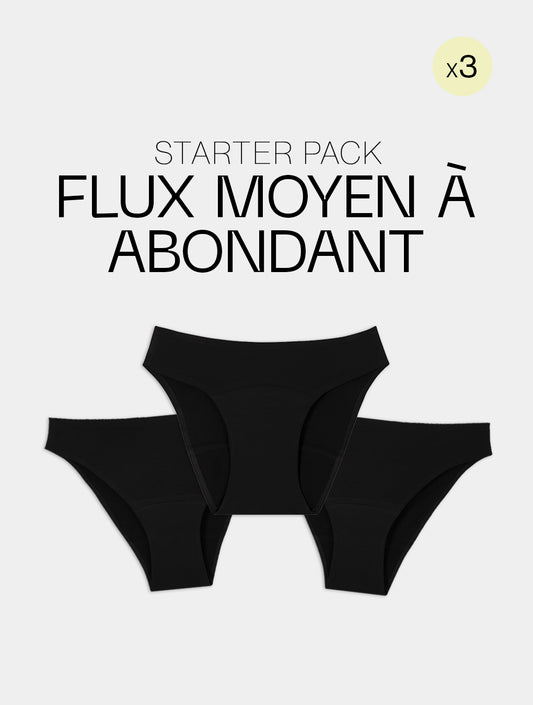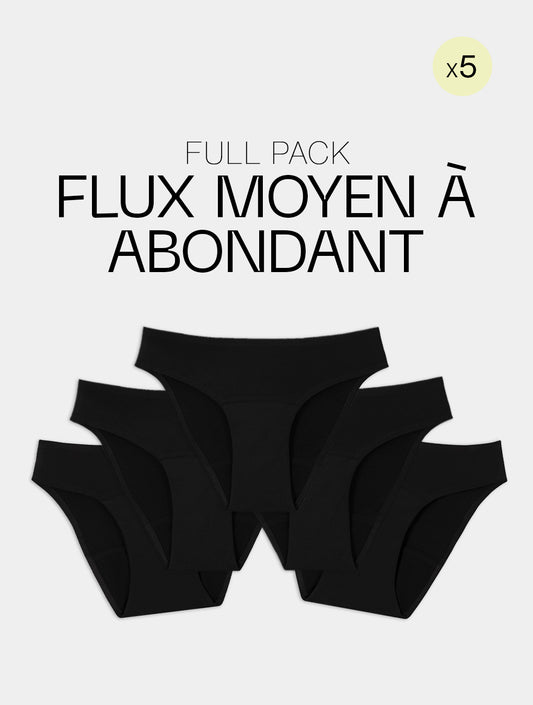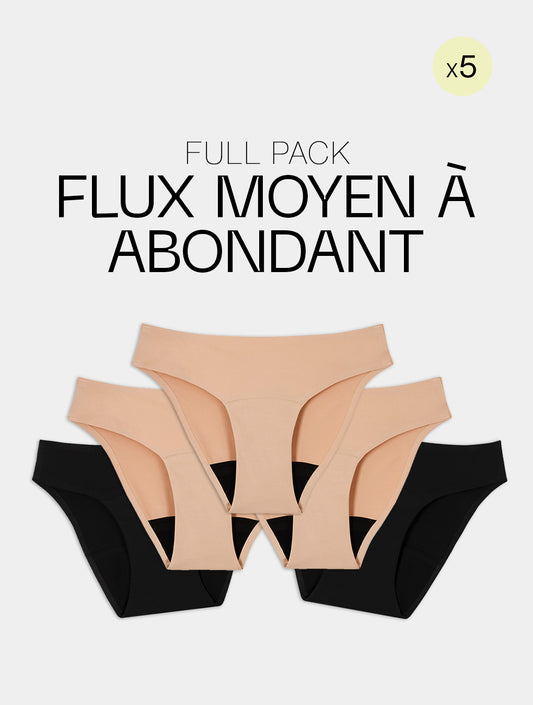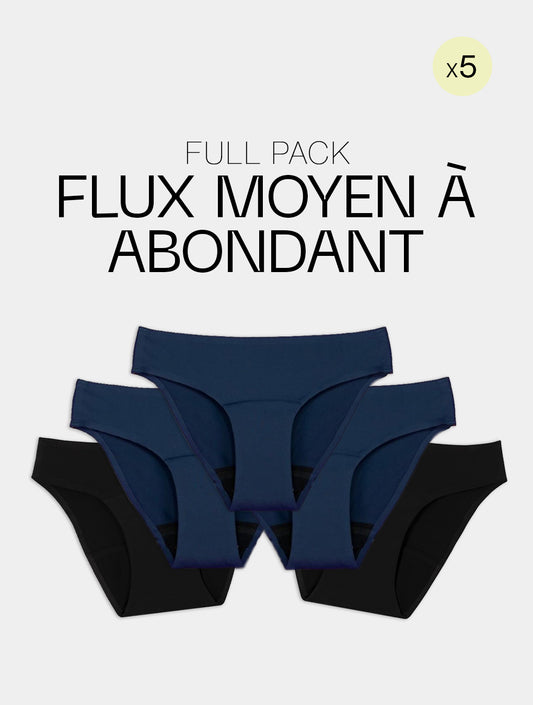Postpartum protection: postpartum guide
Postpartum, postpartum, bleeding, adapted protection or classic towels... it's difficult to navigate when you're a mother-to-be who is about to experience such a big upheaval as the birth of her baby! Smoon tells you everything in this practical post-delivery guide which helps you choose the best post-delivery protection .
Before talking about protection: what is postpartum?
The period that a young mother experiences after the birth of her baby is called postpartum. Whether the birth took place vaginally or by cesarean section, it is always a delicate and particular period, which has its share of physical and psychological manifestations. Among them :- the drop in hormones
- tiredness
- pain due to the uterus moving back into place
- bleeding
- the baby blues
Heavy bleeding that continues for a few days after childbirth, called lochia or postpartum , is particularly confusing and requires wearing specialized postpartum protection . They can even be accompanied by urinary leakage due to the complete relaxation of the perineum postpartum.
It is then better to wear suitable and comfortable maternity hygienic protection to absorb all these abundant flows. The good news is that thanks to Smoon, you will be able to forget the old solution of the sanitary napkin thanks to top -notch postpartum menstrual panties !
What protection to wear for the postpartum period?
Postpartum, while the uterus and reproductive system are getting back into place, the flows are very abundant and continuous. These are not simple rules, and you must therefore opt for a hygienic postpartum protection system capable of absorbing this bleeding .What about internal protection systems?
Internal protection systems - tampons, cups, etc. - should be avoided, in order to avoid any risk of infection; in fact, the cervix being still open, all bacteria have free access to the uterus and the risks are real. This is also why baths are prohibited during the direct postpartum period. The midwives will be able to give you all the necessary information and recommendations to know!Classic disposable napkins
There are many types of classic disposable pads specially designed for postpartum. They can contain a very abundant flow but must be changed often, or even doubled each time . This is therefore a particularly difficult organization to plan for the young mother's stay in the maternity ward.Special postpartum menstrual panties
It is common for disposable sanitary protection to scratch, move, leak... If you are looking for an alternative, postpartum menstrual panties are there for you! Indeed, wearing a washable maternity protection system is a way of experiencing your postpartum period in a way that:- ecological
- economic
- comfortable
And to accompany your postpartum protection, choose cotton underwear for even more softness and comfort. To regain a firm stomach, some women prefer to wear postpartum shaping panties .
Whatever postpartum hygienic protection you choose, remember that the most important thing is to maintain a regular changing schedule and impeccable hygiene to avoid any infection .
How long will you need protection after giving birth?
Postpartum lasts from a few days after giving birth to several weeks or even months. It is even said that with all the upheavals it causes, it can last up to 3 years! It designates the transition time necessary after pregnancy for the body to recover and for the young mother to take her first steps into motherhood .
Concerning bleeding after childbirth, if it is initially very abundant, but it gradually decreases and can last up to 6 weeks postpartum without this being worrying. It is therefore better to provide postpartum protection that suits you because you may have to wear it for several weeks.
So what is the least expensive postpartum protection? Be aware in any case that disposable maternity sanitary napkins quickly become very expensive over such a long period, and are often uncomfortable.
Opting for washable maternity panties with a very high absorption capacity is therefore an economical and ecological alternative that will allow you to experience your postpartum period with peace of mind.
Postpartum: what monitoring and care after childbirth?
Essential medical supervision
Postpartum medical monitoring is necessary to ensure that everything is in order physically and that there is no risk of infection . A midwife will then follow you at home after your return home to ensure that your postpartum period goes smoothly.
She will check:
- the state of your bleeding
- your healing
- the repositioning of the uterus.
A postpartum appointment with your gynecologist or midwife is also recommended 6 weeks after delivery, especially when the flow will be less abundant.
If your delivery did not take place vaginally but by cesarean section, you will also need to ensure the healing of the stomach and uterus, and have the staples removed by a healthcare professional.
Also note that if you gave birth by cesarean section, you will still have heavy bleeding ; you will therefore just as need to wear maternity sanitary protection during your postpartum period. Post-cesarean panties are all indicated.
Psychological surveillance: an element to take into account
Psychological monitoring is also important postpartum . Indeed, it is completely normal during this period to feel a drop in morale, due to the drop in hormones.
But this little moment of “baby blues” should not last more than a few days, after which it can turn into postpartum depression and require more extensive care. This is why it is already important to have ideal postpartum protection to put at least this worry aside!
Taking care of yourself after childbirth
Apart from medical supervision, it is also important to take care of yourself during your first months as a new mother . The postpartum period is often focused on the baby; but don't forget yourself !
If we advise you at this point not to take the subject of protection after childbirth lightly, it is because you will experience great upheavals in your body and your mind, you will have less time for yourself, but your comfort and your well-being remain paramount.
Particularly with everything that's going on in your body... You can include in your maternity bag a cream for the body, for the face, a comforting lip balm, or any other product that will do you good to use. have postpartum .
Once back home, a young mother's daily life speeds up greatly without the physical inconveniences fading (heavy bleeding, pain in the breasts or possible scars, urinary leakage, fatigue, etc.). Again, don't forget yourself; prioritize rest and comfort whenever you can .
Comfort therefore begins with having the postpartum protection that meets your expectations. Bleeding after childbirth is particularly unpleasant and can be overwhelming. What will help you get through this period more peacefully? Postpartum hygienic protection:
- adapted
- pleasant to wear
- gentle
- sufficiently absorbent
Postpartum: prepare well to experience it better
Whether your delivery is planned vaginally or by cesarean section, it is better to prepare for the postpartum period before birth, in order to experience it better . You have probably, like any future mother, had information regarding the contents of your maternity suitcase. But they often focus on the baby, not the young mother!Comfortable clothes to slip into your suitcase
Remember to take comfortable clothes for you , in which you are comfortable and you will feel good. Bring clothes that are not too harsh , because stains due to postpartum bleeding or milk leaks are common in the first few days.
For those who are breastfeeding, don't forget to put comfortable nursing bras in your suitcase, adapted to your new status as a young mother! They will be of great help to you, in addition to the wise advice of the team of midwives present at the place of your birth.
Soft, effective and pleasant hygienic protection
Finally, don't forget your postpartum protection. Your flow will be very heavy when you are in the maternity ward the days after giving birth; it is also not uncommon for urinary leakage to occur. Plan to wear hygienic protection capable of absorbing these different flows and, if possible, while remaining comfortable ! Washable postpartum protection is ideal because it:- are sweet
- are very absorbent
- do not move throughout the day or night
What you must remember
Why is postpartum protection needed?
Postpartum refers to the postpartum period. It ranges from a few days after birth to several months. During this period, the young mother will undergo multiple upheavals, both physical and psychological. Among the inevitable inconveniences, the heavy bleeding which follows childbirth, whether it takes place vaginally or by cesarean section and which therefore requires so-called postpartum hygienic protection.What hygienic protection should you plan for after childbirth?
It is particularly important postpartum to have protection capable of absorbing heavy bleeding, while paying attention to hygiene and comfort . Avoid internal protection systems such as tampons or cups, which increase the risk of infections.
Among external hygienic protection systems, disposable maternity sanitary napkins are obviously possible but we do not recommend them. You can also opt for an ecological, economical and particularly comfortable alternative : special postpartum menstrual panties, perfectly suited to this particular period of your life as a young mother.
By Aurélia.



